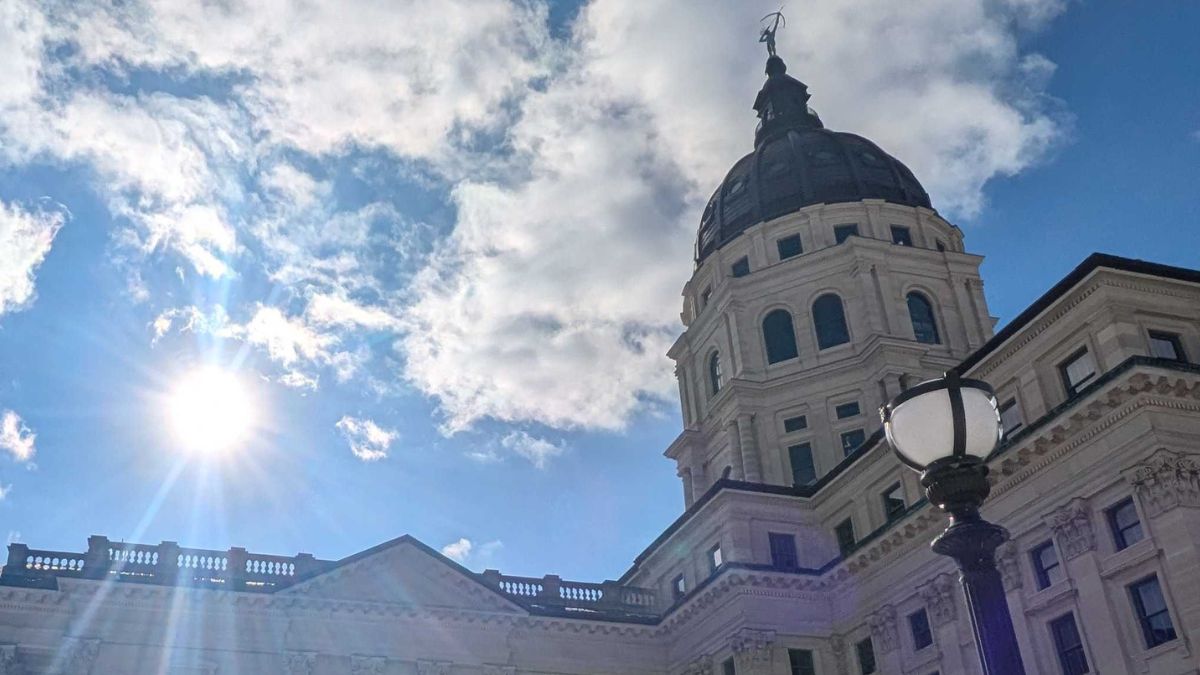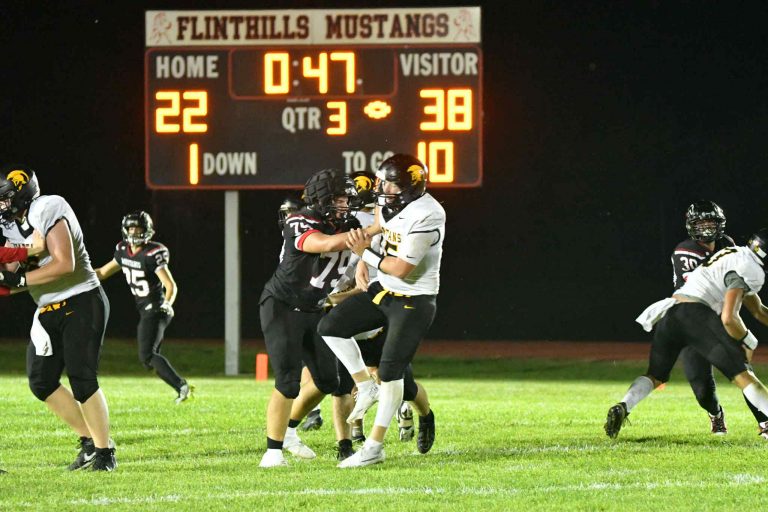By Blaise Mesa
The Beacon
Ending daylight saving time wouldn’t add more sunlight in the winter. Daylight saving is only in effect in the summer.
Kansas lawmakers may end daylight saving time, meaning no more changing clocks twice a year.
Ending daylight saving time and sticking with standard time year-round would still mean it gets dark at about 5 p.m. in the winter. Under proposed legislation, Kansans would fall back an hour in November 2025 and never again shift them around — unless Congress made a nationwide change to daylight saving time.
Standard time is from November to March. It’s the schedule we are currently on, and it means most winter evenings are pitch black. Daylight saving time is from March to November, and it’s the reason the summer sun doesn’t fade until 8 p.m. or later.
Sen. Kenny Titus, a Manhattan Republican, proposed the bill because of constituent complaints.
He said a majority of people he talked to wanted to stop moving clocks around. There is more debate on what time is better — darker summer evenings in exchange for lighter spring and fall mornings, or the other way around.
“If we want to stop changing clocks,” Titus said, “then going to permanent standard time is the option on the table for us.”
The United States first created a standard time zone in 1883. Before then, cities would set their own time based on the sun and phases of the moon. In 1918, then-President Woodrow Wilson signed daylight saving time into law hoping it would save energy and encourage Americans to be active after work.
Titus said there are benefits to ditching daylight saving time. He said the winter sunrises and sunsets are more in tune with how humans sleep. For example, the Jan. 23 sunrise in Topeka was 7:36 a.m. That would be an 8:36 a.m. sunrise if Kansas had permanent daylight saving.
“I know some people will say they want permanent daylight time, but that cannot magically turn the winter into summer,” said Jay Pea, president of the group Save Standard Time. “Summer will always happen. Winter will always happen.”
The U.S. already experimented with a permanent daylight saving time before — or permanently switching the clocks for more sunlight in the winter.
Then-President Richard Nixon made this change in 1973 because of an ongoing energy crisis. But Congress changed the time back just a year later because of how unpopular it was.
In December 1973, 79% of people favored year-round daylight saving, the New York Times reported then. In February 1974, after the change was made, only 42% of people supported the idea.
Sen Caryn Tyson, a Parker Republican, loves the idea of the bill, but she wants it to happen at the federal level.
She said changing clocks has many unintended consequences, like with automatic software updates.
Kansans near state lines, such as in the Kansas City area, would jump time zones with short trips to the grocery store. Television or radio stations would be broadcasting the news in two time zones.
“I caution Kansas as being one of the first ones to move along,” Tyson said. “But I don’t want to kill this bill.”
Arizona and Hawaii are other states that eliminated daylight saving time.




